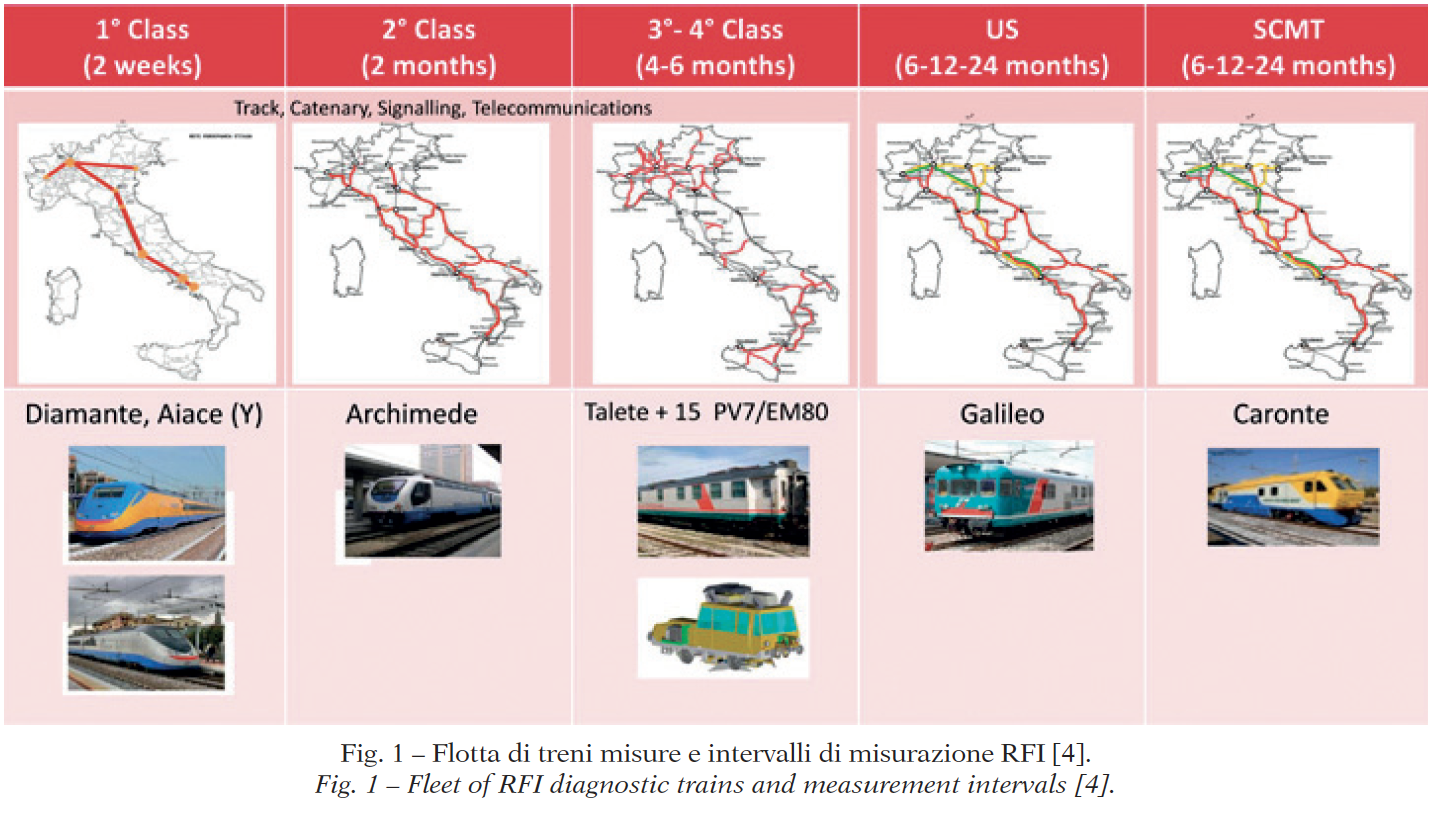The predictive maintenance of railway bridges through an IoT framework
In the field of civil infrastructures, the vast majority of those, built since the middle of the last century, are subject to a global deterioration of mechanical properties due to varied loads and operating conditions compared to the design, to the aggression of atmospheric agents (e.g. freeze-thaw cycles), and sometimes, due to undersized maintenance actions. The availability of new technologies of sampling, extraction, and data analysis are some of the key factors that can automate and streamline maintenance strategies.
Within the era of the Industrial Internet of Things (IIoT) there is a cross fertilization between railway engineering and Information Technology, which requires the utilization of vertically integrated knowledge overtaking the paradigms of the classical engineering.
This work is intended to bring to the attention of the reader several theoretical hints of structural and railway engineering, but also of the Industrial Internet of Things, integrating them in order to obtain a unified vision that allows to recognize their complementarity in the specific cases analyzed, allowing to exploit the new IoT technologies to automate and simplify maintenance activities and related complex and time-consuming structural verifications.
Nowadays, more frequently than ever, organizations are looking at their operations and how to reduce costs. They are experiencing global supply chains, aging assets, raw material price volatility, increased compliance, aging workforce and additional bureaucratic constraints. [1]
In the field of civil infrastructures, the vast majority of those, built since the middle of the last century, are subject to a global deterioration of mechanical properties due to varied loads and operating conditions compared to the design, to the aggression of atmospheric agents (e.g. freezethaw cycles), and sometimes, due to undersized maintenance actions.
A big opportunity to achieve these results is constituted by the development and application of a IoT bases predictive maintenance (PM) framework [1]. The reduction of IT costs related to computing capacity, networks and data storage is pushing a new maintenance paradigm facilitated by the large amount of data generated by the proliferation of intelligent and interconnected sensors. The need to operate with ever smaller budgets and the continuous search for the extension of the useful life of the assets push organizations to build innovative solutions where Information Technology (IT) becomes the enabler of the resolution of operational problems through the collection, storage and analysis of heterogeneous data bases built starting from endogenous and exogenous sources with respect to the systems being analyzed.

Predictive Maintenance, intersecting IT and OT, helps to provide organizations with key insights regarding the responses of civil infrastructures, in this specific case railway bridges, with respect to static and dynamic stresses, providing also information about quality of materials and enabling organizations to optimize maintenance activities, processes, and workforce schedules. Predictive Maintenance could represent the killer application to compete within a globalized and under pressure market place, contributing not just to guarantee the safe utilization of bridges, but also to reach benefits related to operative results and methodologies. Among the operative improvements there are:
- optimization of maintenance intervals;
- substantial reduction of unplanned traffic ban periods and related alternative mobility;
- optimization of the timing and methods of execution of maintenance activities, avoiding urgent intervention derogating from procurement regulations.
While with respect to methodologies and tools, it is possible to achieve the following results:
- identification of the causes of deterioration through ad hoc analyzes;
- improvement of tools and processes for diagnosis;
- determination of optimal maintenance procedures.
Read more in the white paper.
This is an excerpt from a white paper written by Antonio Lugara and Diego Bruciafreddo.
Antonio Lugara is a civil engineer with specialization on transportation and logistics. He took an additional master degree in management and finance.
Diego Bruciafreddo is a MSc of Civil Structural Engineering and Seismic Design of Structure with 10 year of work-experience as a Freelancer.
Sorry, the comment form is closed at this time.





Pingback: The predictive maintenance of railway bridges through an IoT framework – IoT – Internet of Things